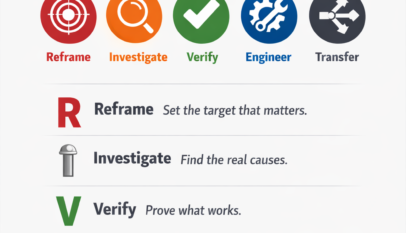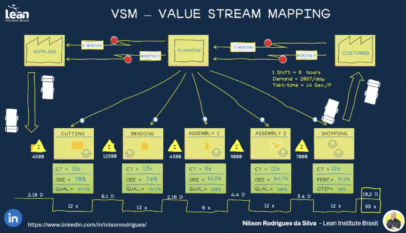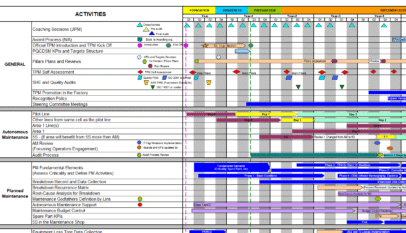In today’s rapidly evolving manufacturing landscape, ensuring consistent product quality is more critical than ever. One effective way to maintain high standards is through routine quality audits. But what are the benefits of these regular checks? In this blog post, we explore the six game-changing advantages of routine quality audits in manufacturing, as outlined by IsoTracker, a leading provider of cloud-based quality management software.
- Identification of Nonconformities
Regular quality audits are crucial in identifying deviations from the established quality management system (QMS) standards. These non-conformities range from simple documentation errors to more significant product quality or safety issues. Early detection of these discrepancies allows manufacturers to take timely corrective actions, preventing potential escalations that may lead to costly recalls or damage to the company’s reputation.
- Continuous Improvement
One of the fundamental principles of quality management is continuous improvement. Regular audits provide valuable insights into the performance of a company’s QMS, enabling organizations to identify areas where they can enhance their processes, systems, and overall performance. By proactively addressing these opportunities for improvement, manufacturers can stay ahead of the competition and continually refine their products and services.
- Increased Employee Engagement
Quality audits often involve collaboration between various departments, from production to management. This cross-functional teamwork fosters a strong quality culture where employees understand their role in maintaining high-quality standards. As a result, employees are more likely to take ownership of their work, resulting in increased engagement, motivation, and overall job satisfaction.
- Compliance with Industry Regulations
Manufacturers must adhere to numerous industry-specific regulations and standards, such as ISO 9001, to ensure product safety and quality. Routine audits are vital in verifying that these standards are consistently met. By demonstrating compliance with these regulations, manufacturers can avoid fines and penalties and maintain their certification status.
- Risk Management
Quality audits help organizations identify potential risks and vulnerabilities within their QMS. By addressing these risks proactively, companies can prevent adverse events from occurring and minimize the potential impact on their operations. This proactive risk management approach enhances product quality and contributes to a safer working environment for employees.
- Strengthened Customer Confidence
Ultimately, routine quality audits aim to deliver high-quality products that meet or exceed customer expectations consistently. By continually improving their QMS and maintaining compliance with industry regulations, manufacturers can demonstrate their commitment to quality. This increased transparency fosters trust and confidence in the company’s products, leading to stronger customer relationships and improved brand reputation.
Conclusion
As highlighted by IsoTracker, routine quality audits offer numerous advantages for manufacturers looking to maintain high-quality standards and stay competitive in today’s fast-paced market. From identifying nonconformities to fostering a culture of continuous improvement, regular audits are essential for organizations aiming to deliver exceptional products and services to their customers.
By incorporating these audits into your quality management strategy, you can expect to see improvements in employee engagement, compliance with industry regulations, risk management, and customer confidence. Don’t underestimate the power of routine quality audits – start reaping the benefits today!
References:
- IsoTracker. (n.d.). 6 Benefits of Routine Quality Audits in Manufacturing. Retrieved from https://www.isotracker.com/blog/6-benefits-of-routine-quality-audits-in-manufacturing/
- International Organization for Standardization. (2015). ISO 9001:2015 – Quality management systems — Requirements. Retrieved from https://www.iso.org/standard/62085.html


















